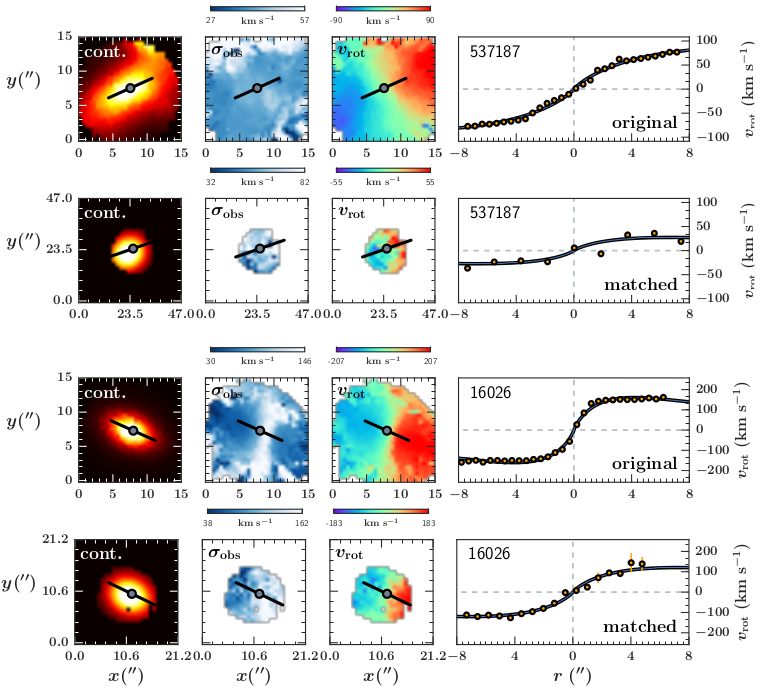CEA News, November 2018
Hints of an intimate link between the growth of luminous and dark matter in star-forming galaxies over the last 8 billion years
Astronomers from the CEA, in collaboration with researchers based in Oxford and Australia, have used a sample of over a thousand star-forming galaxies to examine how the ratio of stellar mass to total mass in these systems differs over time. The sample was split between those galaxies found nearby in the local Universe and others that reside at such vast distances from us that the light travel time from the galaxy to Earth means they appear to us as they were 8 billion years in the past. This allowed the team to infer how the balance of luminous and dark matter in these systems compares over an interval spanning more than half the age of the Universe.

The team used data taken with instruments on the European Southern Observatory's Very Large Telescope in the Atacama Desert in Chile, the Anglo-Australian Telescope at Siding Spring Observatory in New South Wales, Australia, and the Hubble Space Telescope to measure the correlation between the galaxies' luminosities (linked to the amount of mass locked up in stars within them) and their rotation speeds (linked to their total mass via gravity). The image shown here shows examples of the data used, with images of the galaxies shown in the first column, and the remaining three columns showing 3D and 2D velocity maps of the galaxies' gas. The difference between the two measures of mass can be attributed to other sources of mass including baryonic gas and dark matter.
Concentrating on star-forming galaxies with disc-like dynamics, the study found that these systems obey the same relationship between luminosity and rotation whether observed in the present day or in the very distant past. This implies the ratio of stellar mass to total mass of both the local and distant galaxies is the same despite the 8 billion years of separation between them. Taking into account the expected amount of gas within the galaxies as well as evidence indicating that star- forming galaxies continue to accrete gas and grow stellar mass over this 8 billion year period, the results of the study suggest that the dark mass in these types of galaxies must also increase at similar rates to the stellar mass over the same interval.
